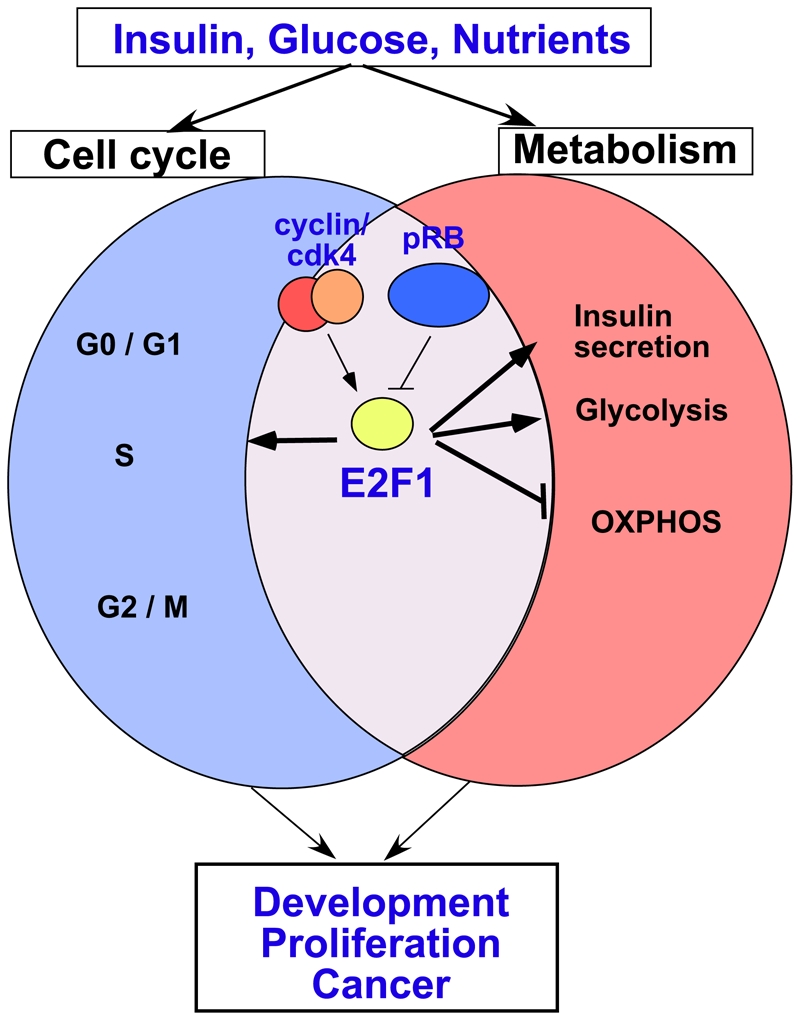Figure 3. Dual role for the E2F pathway in the control of both cell proliferation and the metabolic response.

In response to proliferative stimuli such as insulin, glucose and nutrients, the cyclin/cdk4 complex is activated and phosphorylates the retinoblastoma protein pRB, which represses transcription when associated with E2F transcription factors. Activated E2F1 stimulates the expression of target genes implicated in cell cycle progression (blue circle). In addition, E2F1 triggers an adapted metabolic transcriptional response, depending on the cell type. In beta cells, E2F1 will stimulate the expression of Kir6.2, thus facilitating insulin secretion. In other cell types, such as muscle or cancer cells E2F1 facilitates glycolysis and represses, by still unknown mechanisms oxidative phosphorylation. This coordinated response is essential to sustain normal proliferation and development. It is conceivable that changes in this coordinated response might lead to abnormal metabolic changes during tumor development and cancer progression. Abbreviations: OXPHOS, oxidative phosphorylation.
